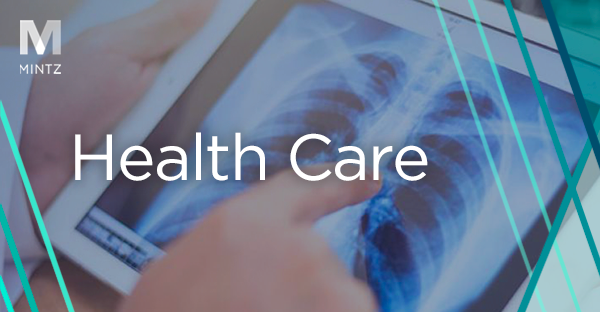The Biden Administration Releases Part II of its No Surprise Act Regulations, Sparking Criticism by Provider Groups
At the end of September, the Departments of Health and Human Services (HHS), Labor, and Treasury (collectively, the Departments), along with the Office of Personnel Management (OPM), released Part II of its regulations implementing the No Surprise Act (the Act). The “Requirements Related to Surprise Billing; Part II” interim final rule (IFR) sets forth the Federal independent dispute resolution (IDR) process to determine the out-of-network payment rates. Major provider associations have released statements criticizing the IDR process and methodology for determining payment.
As outlined in our blog on Part I of the No Surprise Act regulations, the Act provides that beneficiaries of group health plans, health insurance issuers offering group or individual health insurance coverage, and carriers in the Federal Employees Health Benefits Program (which we will refer to collectively as “health plans”) cannot receive surprise bills for emergency services, services provided by out-of-network providers during an in-network facility visit, and air ambulance services. The Part I regulations established that, when a beneficiary uses an out-of-network service subject to the Act, the total amount paid to the out-of-network facility by the health plan is determined in the following manner:
- The amount allowed under an applicable All-Payer Model Agreement, which some states may have entered into with HHS;
- If no such All-Payer Model Agreement exists, an amount determined by state law;
- If (1) and (2) do not exist, an amount agreed upon by the health plan and the provider or facility; or
- If none of the above conditions apply, an amount is determined by the IDR process.
The Part II regulation sets forth the IDR process under #4. The regulations provide that, after 30 days of negotiation, either party may initiate the federal IDR process. The parties may agree upon a certified IDR entity to use, but, if the parties are unable to agree, the Departments will select the IDR entity for the parties. The parties will then submit to the IDR entity their offers for payment along with supporting documentation for the IDR entity’s consideration.
The IDR process relies heavily on the Qualifying Payment Amount or QPA, which is a central focus of the Act. The Act defines the QPA as the median of contracted rates for a service within the same geographic region and insurance market (e.g., fully-insured large group, self-insured group) as of January 31, 2019, inflated forward.
Under the IFR, the IDR entity must begin with the presumption that the QPA is the appropriate out-of-network rate. Therefore, it must select the offer closest to the QPA, unless credible information presented by a party rebuts that presumption and clearly demonstrates the QPA is materially different from the appropriate out-of-network rate. The Departments’ rationale in their reliance on the QPA is that the QPA “should reflect standard market rates arrived at through typical contract negotiations and should therefore be a reasonable out-of-network rate under most circumstances.” The Departments state that relying on the QPA will “increase the predictability” of IDR outcomes and thus minimize the use of the IDR process over time.
To defeat the presumption that the QPA is the appropriate rate, a party must “clearly demonstrate” that the QPA is materially different from the appropriate payment rate based on one or more of the following factors:
- The level of training, experience, and quality, and outcomes measurements of the provider or facility that furnished the service.
- The market share held by the provider or facility or that of the plan in the geographic region where the out-of-network item or service was provided.
- The acuity of the beneficiary, receiving the out-of-network item or service, or the complexity of furnishing the service to the beneficiary.
- The teaching status, case mix, and scope of services of the facility that furnished the out-of-network service, if applicable.
- Demonstration of good faith efforts (or lack thereof) made by the provider or facility or the plan to enter into network agreements with each other, and, if applicable, contracted rates between the provider or facility, as applicable, and the plan during the previous 4 plan years.
Major provider groups have released statements raising concerns with the IDR process and specifically its reliance on the QPA. The American Medical Association posted an article raising concern that the QPA reflects health plans’ market power and may be skewed in certain markets. The American Hospital Association released a statement on the IFR, calling it a “windfall for insurers.”
CMS is accepting comments on the IFR through December 6, 2021.



